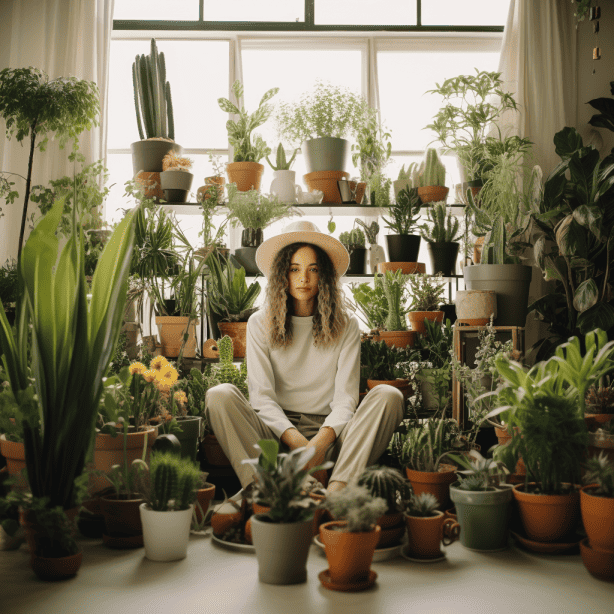Houseplants are a great way to bring greenery and life into your home. Not only do they look beautiful, but they also have several benefits, such as improving air quality, reducing stress levels, and increasing productivity. However, choosing the right houseplants can be challenging, especially if you are new to gardening. In this article, we will provide some tips on selecting houseplants that thrive in your environment.
When choosing houseplants, it is essential to consider the environment in which you will place them. Different plants have different light, humidity, temperature, and soil requirements. Some plants thrive in bright, direct sunlight, while others prefer indirect or low light. Similarly, some plants require high humidity levels, while others prefer drier conditions. By understanding the needs of your plants, you can ensure that they will thrive in your home.
Another critical factor to consider when choosing houseplants is your lifestyle. If you have a busy schedule and don’t have much time to care for your plants, select low-maintenance varieties that require minimal watering and attention. On the other hand, if you enjoy gardening and have the time and resources to care for your plants, you may choose more high-maintenance varieties that require regular pruning, fertilizing, and repotting. By considering your lifestyle and preferences, you can choose houseplants that will bring you joy and satisfaction for years.
Understanding Your Environment
Before selecting houseplants, it is vital to understand the environment in which they will be placed. This will help you choose plants most likely to thrive in your space. The two most important factors are light requirements and temperature and humidity.
Light Requirements
Different plants have varying light requirements, and matching these requirements with the available light in your space is important. Some plants require direct sunlight, while others prefer indirect light. If your room has a north-facing window, it may not receive much direct sunlight, so choosing plants that can thrive in lower-light conditions is important.
To determine a plant’s light requirements, look at its natural habitat. For example, plants that grow in tropical rainforests are used to filter light and may not do well in direct sunlight. On the other hand, desert plants are used to bright, direct sunlight and may not do well in low-light conditions.

Temperature and Humidity
Temperature and humidity are also important factors to consider when choosing houseplants. Most indoor plants prefer temperatures between 60 and 75 degrees Fahrenheit, although some tropical plants may prefer temperatures closer to 80 degrees. It is essential to avoid placing plants in areas that are too hot or cold, such as near drafty windows or heating and cooling vents.
Humidity is also important, as many plants prefer higher humidity levels. If the air in your home is dry, you may need to increase humidity levels by using a humidifier or placing a water tray near your plants. Alternatively, you can choose plants adapted to lower humidity levels, such as succulents or cacti.
By understanding different plants’ light requirements and temperature and humidity preferences, you can choose houseplants that are most likely to thrive in your indoor environment.
Types of Houseplants
When it comes to choosing houseplants, there are several types to consider. Each type has its unique characteristics and requirements for optimal growth and health. Here are some of the most popular kinds of houseplants:
Low Light Plants
Low-light plants are ideal for spaces that receive minimal natural light. These plants are great for offices, bedrooms, and other areas that don’t have a lot of natural light. Some popular low-light plants include snake, ZZ, and pothos.
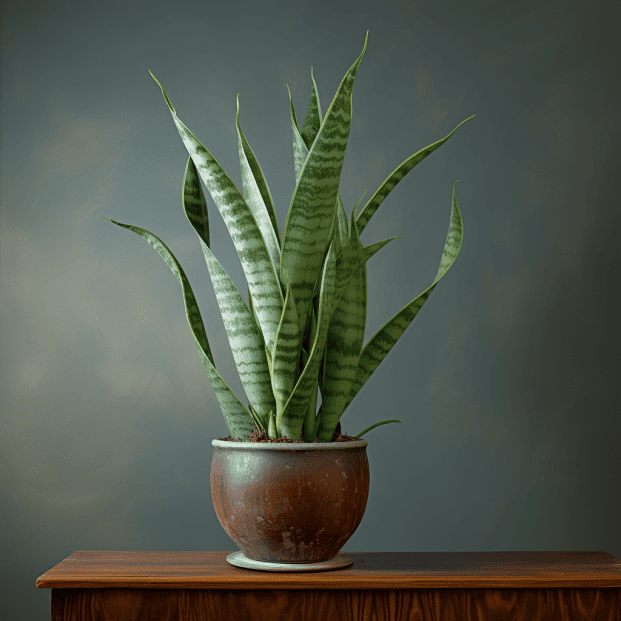
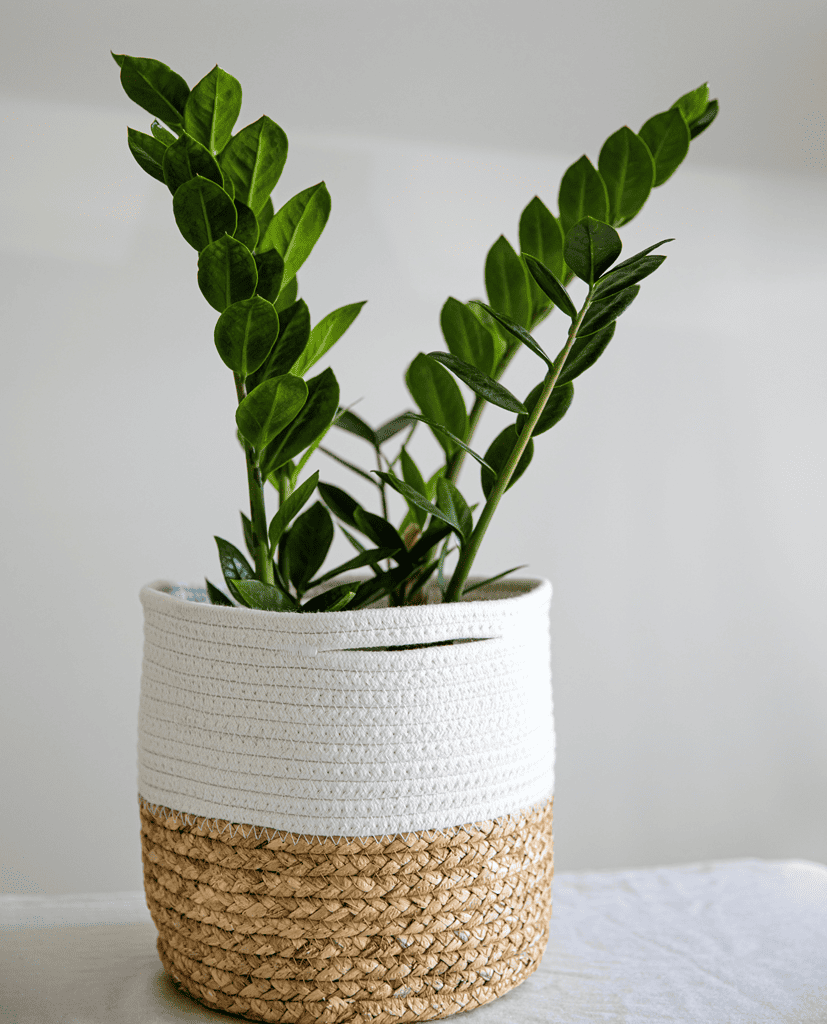

Bright Light Plants
Bright-light plants require more sunlight than low-light plants. These plants are perfect for areas that receive direct sunlight several hours a day. Some popular bright light plants include succulents, peace lilies, and orchids.
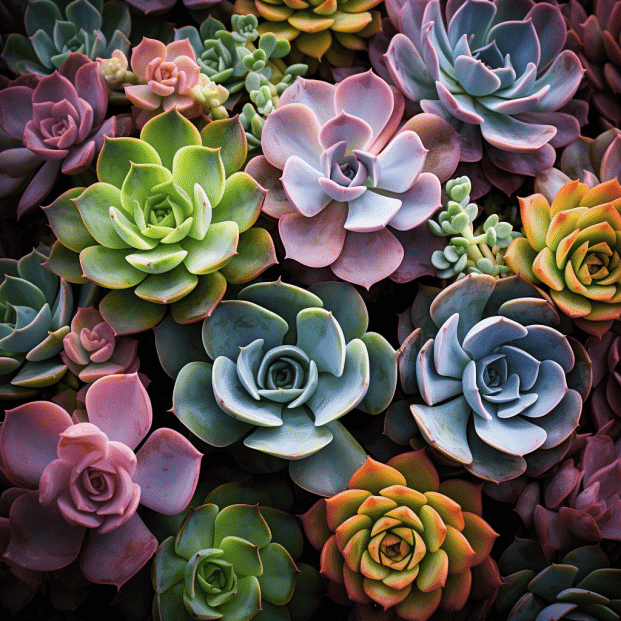
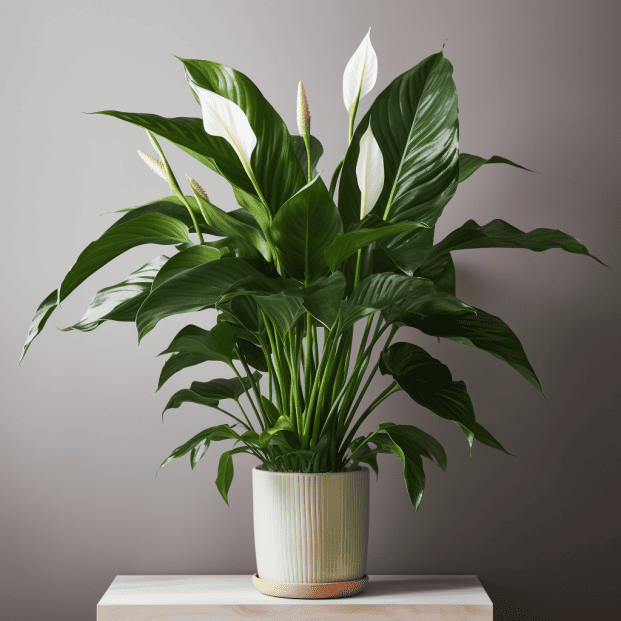
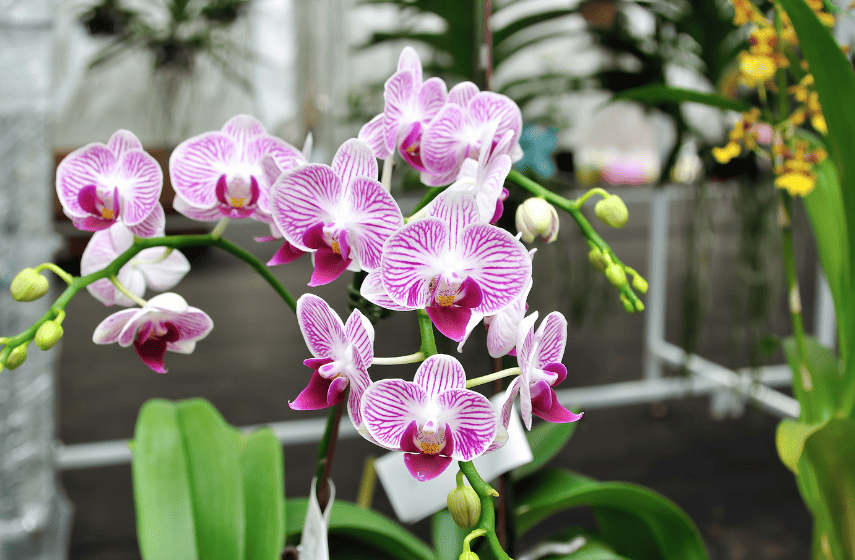
Desert Plants
Desert plants are perfect for dry, warm environments. These plants are ideal for people who live in arid regions or who want to create a desert-like atmosphere in their homes. Some popular desert plants include cacti, succulents, and snake plants.
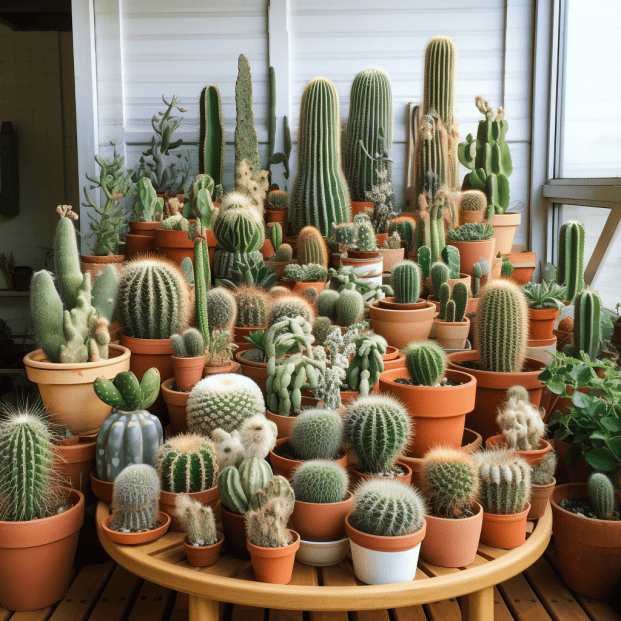
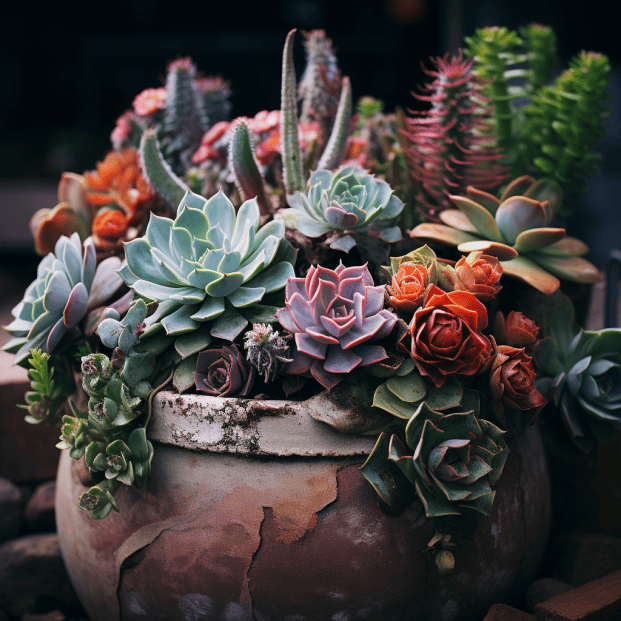
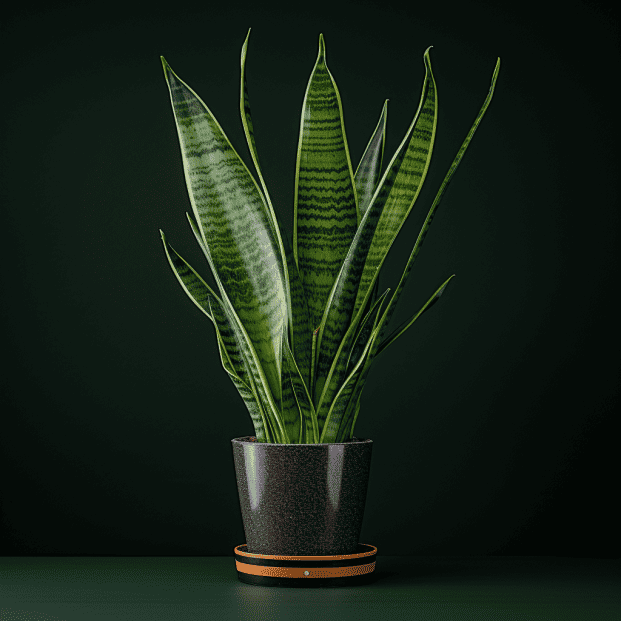
Tropical Plants
Tropical plants are perfect for people who want to create a lush, vibrant atmosphere in their homes. These plants require warm, humid environments and plenty of water. Some popular tropical plants include monstera, rubber tree, and philodendron.

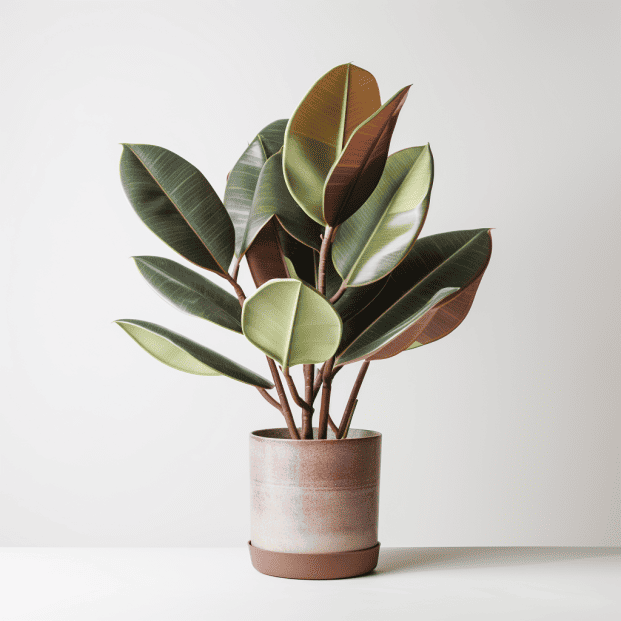
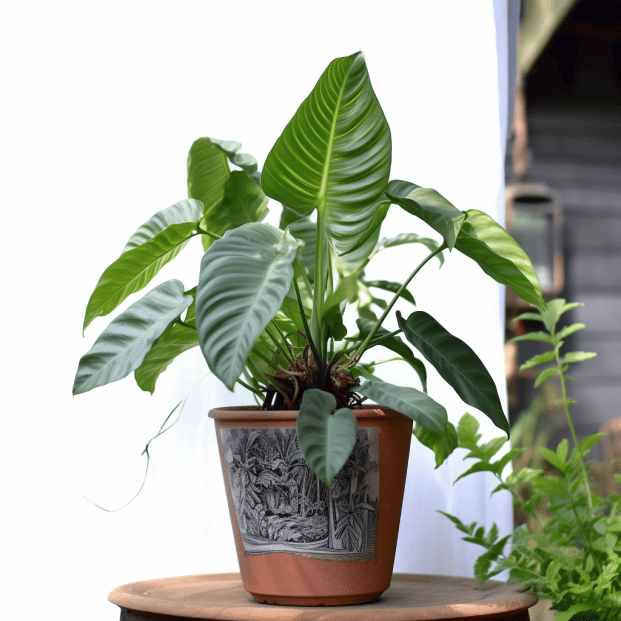
Easy-to-Care-for Plants
Easy-to-care-for plants are a great option if you’re new to houseplants or need more time to care for them. These plants require minimal maintenance and can tolerate various growing conditions. Some popular easy-to-care-for plants include African violet, snake plants, Chinese evergreen, and bromeliad.
Overall, there are many different types of houseplants to choose from. By considering your environment, the amount of natural light available, and your personal preferences, you can find the perfect houseplants to thrive in your home.
Plant Care Essentials
Caring for houseplants is essential to keeping them healthy and thriving. Here are some plant care essentials that every plant owner should know.
Watering
Watering is one of the most important aspects of plant care. Overwatering or underwatering can lead to root rot or dehydration, respectively. The amount of water a plant needs depends on various factors, such as the plant species, the size of the pot, and the environment.
To avoid overwatering, ensure the pot has drainage holes to allow excess water to escape. When watering, provide the soil is evenly moist, but not waterlogged. A good rule of thumb is to water when the top inch of soil feels dry.
Soil and Fertilizer
The soil is the foundation of a healthy plant. Different plants have different soil requirements, so it’s important to choose the right soil mix for your plant. A well-draining soil mix is essential to prevent root rot.
Fertilizer is also important for healthy plant growth. Most plants benefit from regular fertilization during the growing season, but it’s important not to over-fertilize. Follow the instructions on the fertilizer package and adjust the frequency and amount of fertilizer based on the plant’s needs.
Pruning and Maintenance
Pruning and maintenance are essential for healthy plant growth. Regular pruning helps to remove dead or damaged leaves and encourages new growth. It also helps to maintain the plant’s shape and size.
Maintenance tasks such as dusting the leaves, checking for pests, and rotating the plant to ensure even growth are also important.
Overall, proper plant care is essential for healthy growth and longevity. By paying attention to watering, soil and fertilizer, and pruning and maintenance, plant owners can ensure that their plants thrive in their environment.
Choosing the Right Containers
Choosing the correct container for your houseplants is essential for their growth and survival. The right container will not only enhance the aesthetics of your space but also provide the necessary environment for your plants to thrive. This section will discuss the material considerations, size, and drainage when choosing the proper containers for your houseplants.
Material Considerations
The material of the container is an important consideration when choosing the right one for your houseplants. There are a variety of materials available, each with its own pros and cons.
Terracotta
Terracotta pots are a popular choice for houseplants. They are made from clay and are porous, allowing for good drainage and airflow. However, they can be heavy, breakable, and can dry out quickly.

Ceramic
Ceramic pots are available in a variety of colors and designs and are perfect for adding a decorative touch to your space. They are heavier than plastic pots and can be more expensive. They also retain moisture better than terracotta pots, which can be advantageous for plants that prefer a more humid environment.
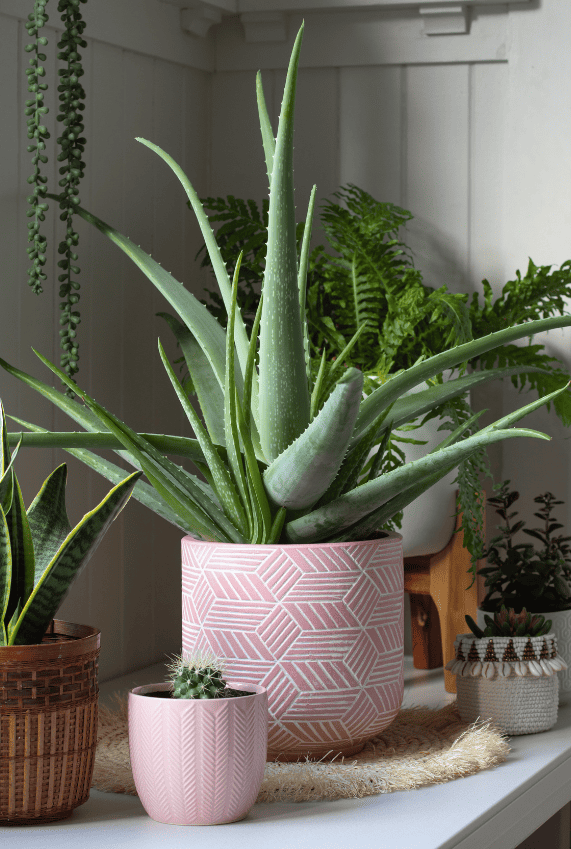
Plastic
Plastic pots are lightweight, affordable, and come in a variety of colors and sizes. They are also durable and easy to clean. However, they do not provide good airflow and drainage, which can lead to overwatering and root rot.
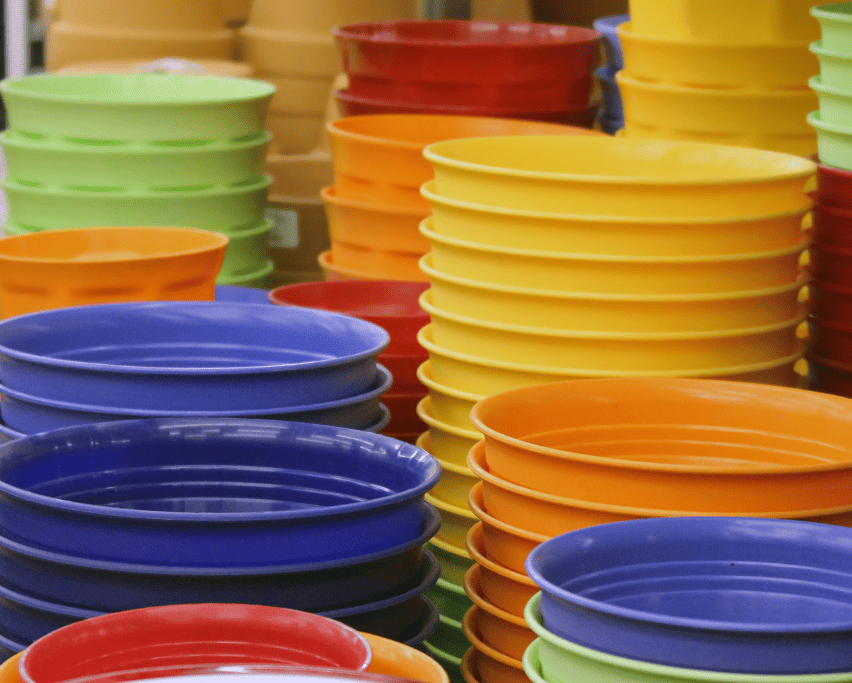
Size and Drainage
The size of the container is another important consideration when choosing the right one for your houseplants. A container that is too small can restrict the growth of the plant, while a container that is too large can lead to overwatering and root rot.
When choosing the size of the container, a good rule of thumb is to choose a container that is one to two inches larger in diameter than the current container. This will provide enough room for the roots to grow without drowning the plant in excess water.
Another essential consideration is drainage. The container should have drainage holes to allow excess water to escape. The soil can become waterlogged without proper drainage, leading to root rot and other problems. If the container does not have drainage holes, they can be drilled into the bottom of the container.
In conclusion, choosing the right container for your houseplants is essential for their growth and survival. Consider the material of the container, the size, and drainage when making your selection. With the right container, your houseplants will thrive and add beauty to your space.
Avoiding Common Houseplant Issues
Houseplants are a great way to add some greenery to your home and improve indoor air quality. However, they can also be a source of frustration if they’re not thriving. Here are some common issues to avoid when caring for houseplants.
Overwatering and Root Rot
One of the most common issues with houseplants is overwatering, which can lead to root rot. This occurs when the roots are constantly saturated with water, leading to oxygen deprivation and the growth of harmful fungi. Signs of root rot include yellowing leaves, wilting, and a foul odor.
To avoid overwatering, it’s essential to understand the watering needs of your specific plant. Some plants, like succulents, prefer dry soil and only need to be watered once every few weeks. Others, like ferns, prefer moist soil and may need to be watered more frequently. A good rule of thumb is to wait until the top inch of soil is dry before watering.
If you suspect your plant has root rot, it’s important to act quickly. Remove the plant from its pot and gently shake off any excess soil. Trim away any mushy or blackened roots with clean scissors or pruning shears. Repot the plant in fresh, well-draining soil and avoid watering it for a few days to allow the roots to recover.

Insufficient Light and Photosynthesis Issues
Another common issue with houseplants is insufficient light, which can lead to photosynthesis issues. Photosynthesis is the process by which plants convert light into energy, and without enough light, they may struggle to grow and stay healthy. Signs of insufficient light include yellowing leaves, stunted growth, and a need for new development.
To ensure sufficient light, it’s important to understand the light requirements of your specific plant. Some plants, like snake plants, can tolerate low light conditions and only need to be placed near a window.
Others, like fiddle leaf figs, require bright, indirect light and may need to be placed near a south-facing window or under a grow light.
If you suspect your plant is struggling with photosynthesis, try moving it to a brighter location or investing in a grow light. Be sure to rotate the plant regularly to ensure all sides receive adequate light. If the issue persists, consider pruning the plant to remove any damaged or dead leaves, which can redirect energy to healthier parts of the plant.
Frequently Asked Questions
What are the key factors to consider when choosing houseplants for your home?
When choosing houseplants, it’s important to consider several factors such as the lighting, temperature, humidity, and airflow in your home. You should also take into account your lifestyle and schedule, as well as the level of maintenance required for each plant. Some plants may require more attention and care than others.
What are some common mistakes people make when choosing houseplants?
One of the most common mistakes people make when choosing houseplants is selecting plants that don’t thrive in their environment. This can lead to poor growth, disease, and even death of the plant. Another common mistake is overwatering or underwatering the plants, which can also lead to their death. It’s essential to research the specific needs of each plant before bringing it home.
How can you determine the lighting requirements of your houseplants?
Different houseplants have different lighting requirements. Some plants require direct sunlight, while others prefer indirect or low light. You can determine the lighting requirements of your houseplants by researching their specific needs or by observing how they respond to the light in your home. For example, if a plant is not getting enough light, it may start to droop or lose its leaves.
What are some low-maintenance houseplants that thrive in different environments?
There are several low-maintenance houseplants that can thrive in different environments. Some examples include the snake plant, pothos, spider plant, and ZZ plant. These plants are known for their ability to adapt to different lighting and humidity levels, as well as their ability to withstand neglect.
What are some tips for selecting houseplants based on your lifestyle and schedule?
If you have a busy lifestyle or travel frequently, it’s important to choose houseplants that require minimal maintenance. Some low-maintenance plants that are great for busy individuals include the snake plant, ZZ plant, and cactus. You can also consider using self-watering planters or hiring a plant-sitter to care for your plants while you’re away.
How can you create a healthy environment for your houseplants to thrive in?
To create a healthy environment for your houseplants, it’s important to provide them with the right amount of light, water, and nutrients. You should also make sure that the temperature and humidity levels in your home are suitable for the specific plants you have. Regularly dusting and cleaning the leaves of your plants can also help improve their health and appearance.


